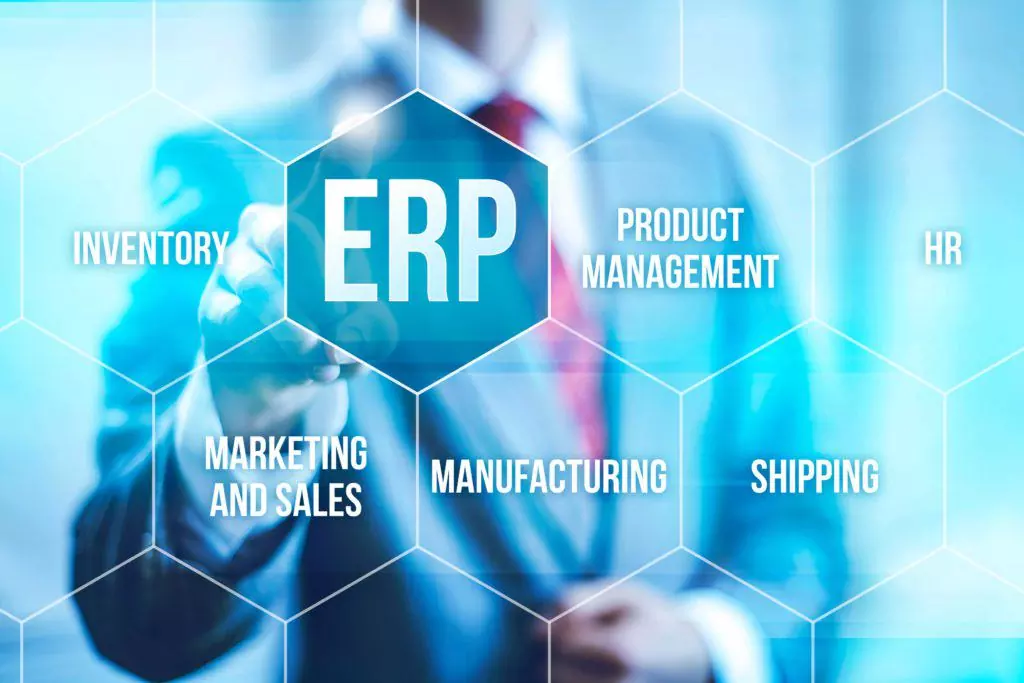ERP Integrations: Why They Matter and How to Do Them Right
ERP systems play a central role in managing business processes today. They are responsible for collecting, processing, and distributing critical information across the entire organization. Their effectiveness increases significantly when integrated with other IT systems. These integrations enable automation, eliminate data duplication, and improve internal transparency. In this article, we explore why investing in ERP integrations makes sense, the types of integration available, and how to avoid common pitfalls during implementation.
Table of Contents:
- Why ERP Integrations Are Essential for Business Efficiency
- Types of ERP System Integrations – How to Connect with Other Tools
- ERP Integrations and the Benefits of Linking with Other Business Solutions
- Challenges and Best Practices in Implementing ERP Integrations
Why ERP Integrations Are Essential for Business Efficiency
Modern companies operate in environments where data is one of the most valuable assets. Manually transferring information between departments leads to errors, delays, and costly mistakes. ERP integrations solve this problem by allowing seamless and automated data flow between different applications and systems.
With proper integration, the ERP system can act as the “brain” of the organization, a central hub where information from sales, production, inventory, accounting, and customer service converges. For example, when a salesperson enters a new order into a CRM, the data can automatically flow to the ERP system. This enables product availability checks, reservation of goods, invoice creation, and shipment planning — all without manually re-entering information.
This kind of automation has a direct impact on efficiency. Employees can focus on strategic tasks, human error is reduced to a minimum, and executives gain access to real-time data to support decision-making.
Types of ERP System Integrations – How to Connect with Other Tools
ERP system integrations vary depending on many factors, including IT architecture, budget, and technological maturity within the organization.
The most common forms of integration include:
- Point-to-point integration – Systems are directly connected to each other. This is simple and low-cost but becomes difficult to manage as IT infrastructure grows.
- Middleware integration (e.g., Enterprise Service Bus) – An intermediary layer that centrally manages connections between systems. This approach is more scalable and flexible, supporting multiple integrations without creating one-to-one links.
- API-based integration – Many modern applications offer APIs that enable dynamic data exchange. This is currently one of the most popular integration methods, offering great control and speed.
- File-based integration – Involves exchanging data through files (CSV, XML, JSON). While less flexible, it’s still used in legacy systems that don’t support APIs.
When selecting an integration approach, it’s important to think long term. Even if a simple solution is sufficient today, consider how it will perform as the company grows.
ERP Integrations and the Benefits of Linking with Other Business Solutions
ERP integrations bring benefits across the entire organization. The sales team gains instant access to customer data and inventory levels, enabling faster responses to customer inquiries. Production receives order information automatically, aiding planning efforts. Accounting works with up-to-date transaction data, speeding up reconciliation and reporting.
Examples of effective integrations:
- ERP + CRM = Improved sales process control, better offer personalization, and faster customer response.
- ERP + e-commerce = Automated order processing, invoicing, and stock updates, leading to greater service efficiency and fewer errors.
- ERP + Business Intelligence tools = Real-time advanced reporting and analytics.
- ERP + HR/payroll systems = Streamlined HR processes and improved legal compliance.
Challenges and Best Practices in Implementing ERP Integrations
Despite the advantages, ERP integration projects can be complex. One of the biggest challenges is the lack of standardized formats across systems — not all applications are designed to communicate with ERP platforms, especially older or internally developed ones.
Other common issues include:
- Insufficient analysis before implementation, leading to poor technology choices.
- Underestimating time and costs, as integrations often take longer and require more resources than expected.
- Lack of user training, which can cause resistance if users don’t understand the benefits or how to use the new system.
Best practices to follow:
- Conduct a thorough analysis of business needs beforehand.
- Choose an experienced integration partner.
- Test the integration in a controlled environment before full deployment.
ERP integrations should be seen as a strategic investment, not just a one-off IT project. Their quality directly impacts the efficiency and agility of the entire organization. Understanding ERP systems and how to make the most of them is key to long-term success.



